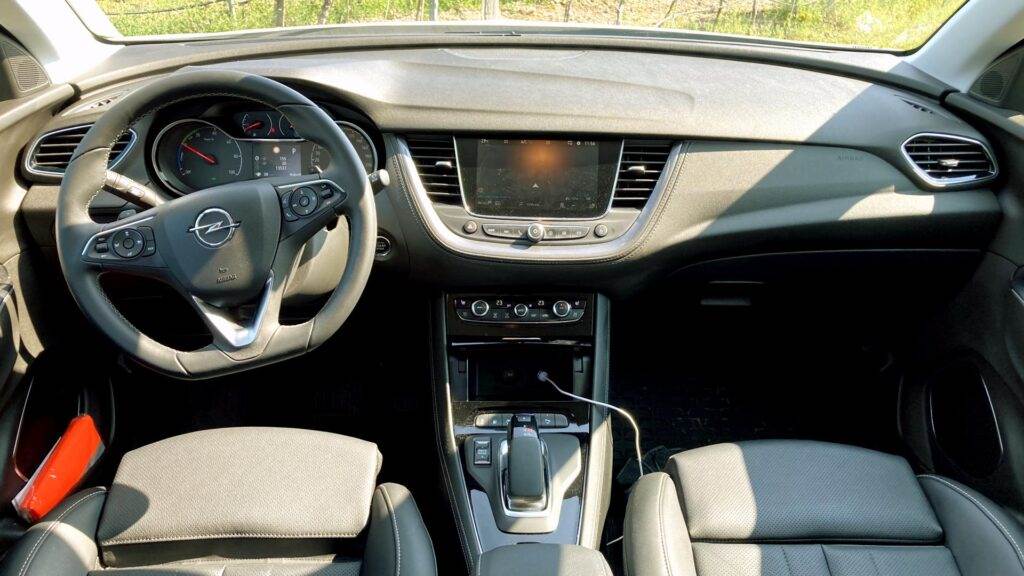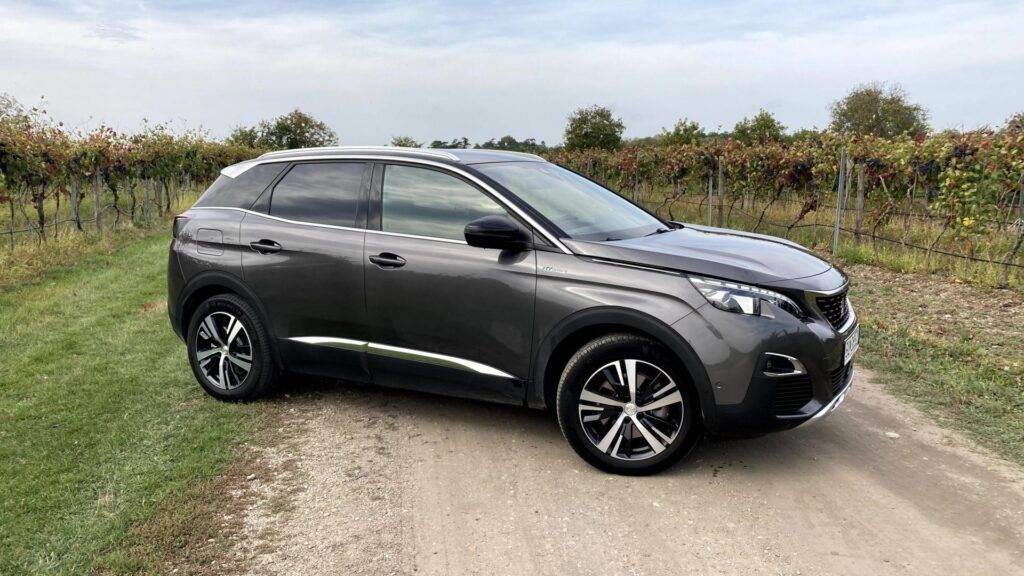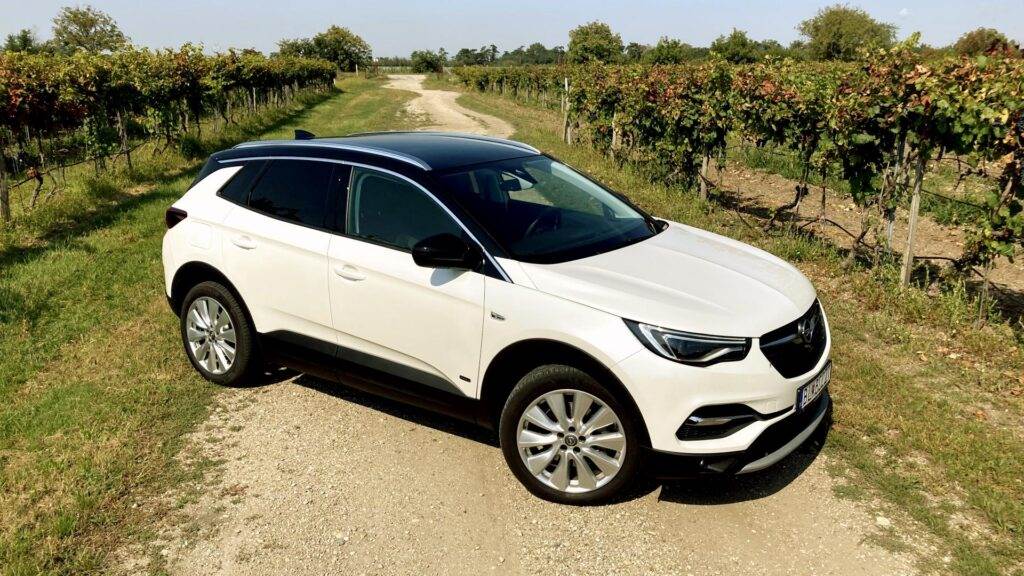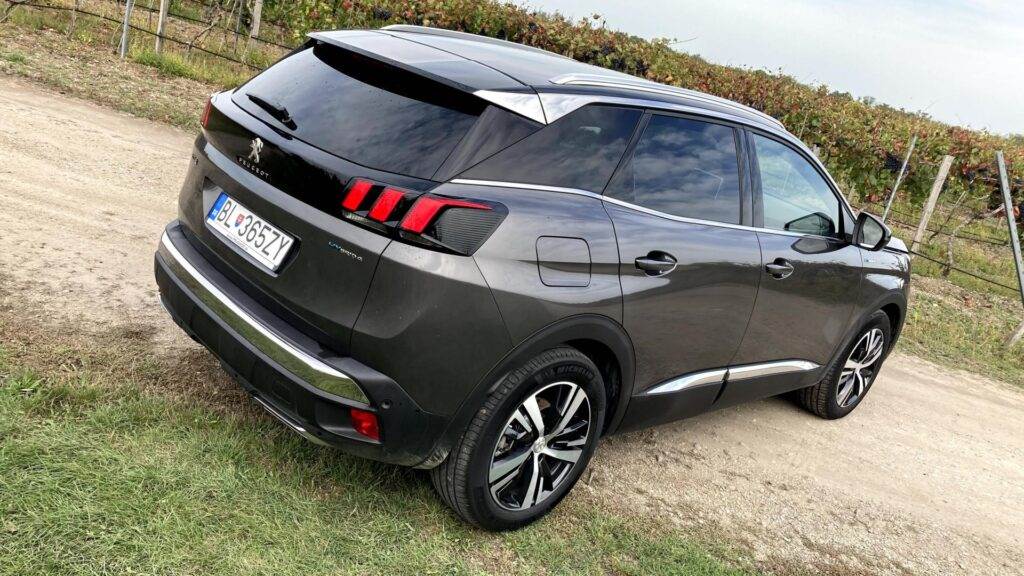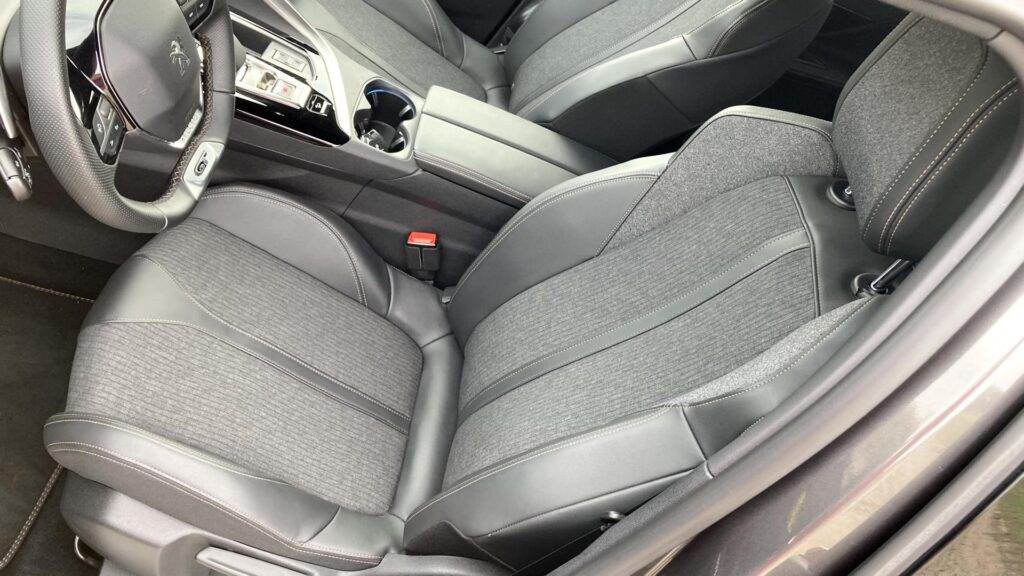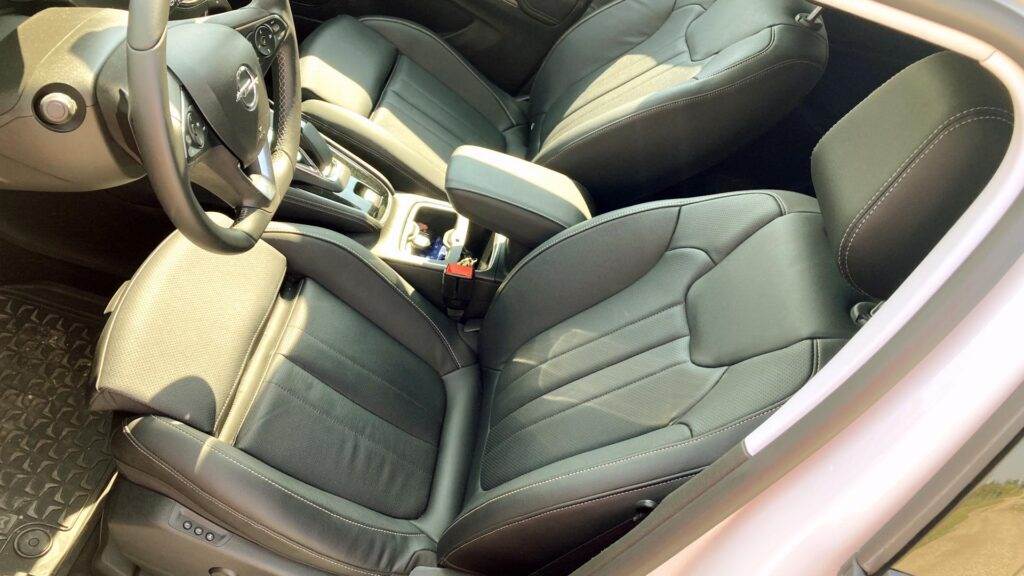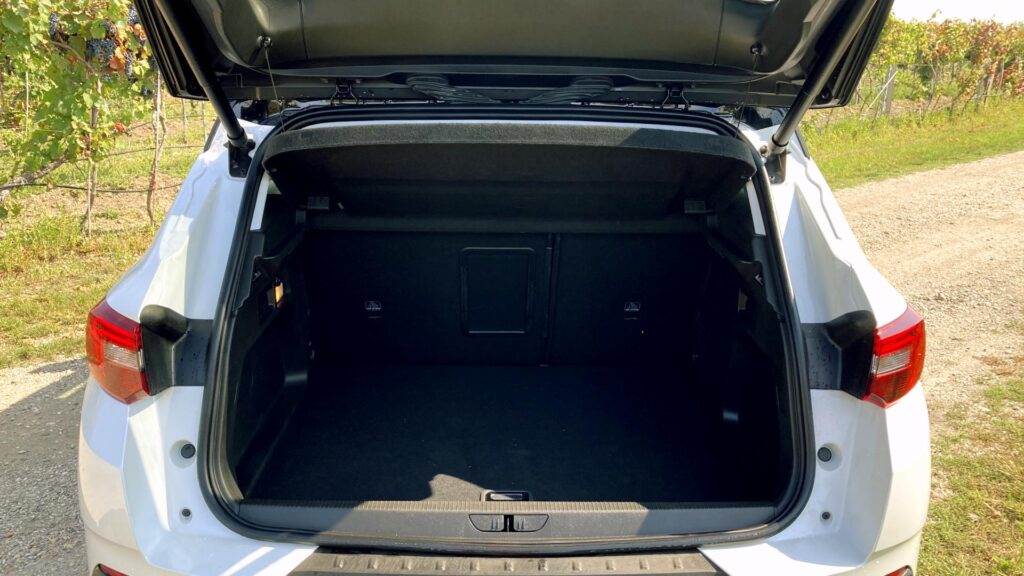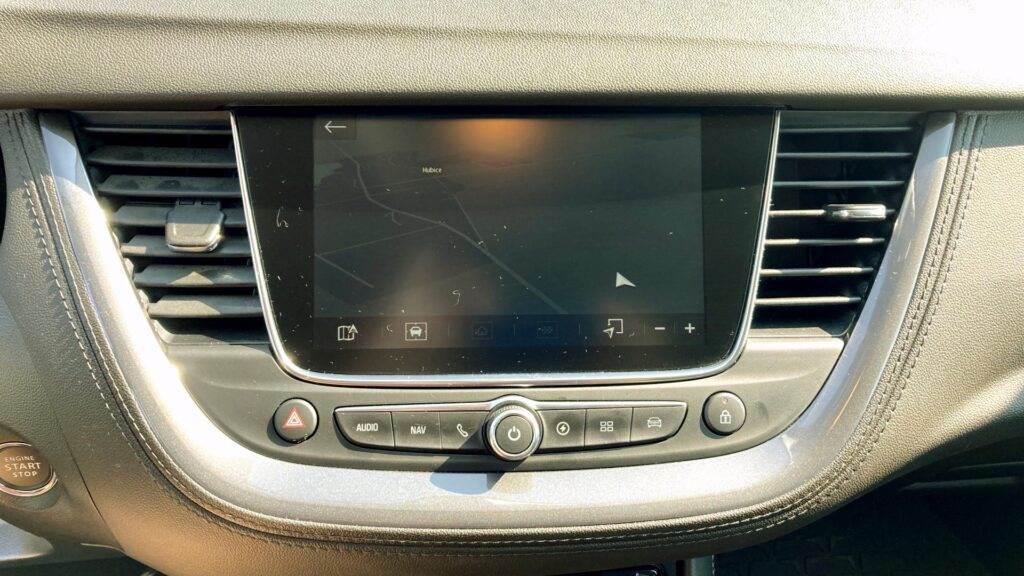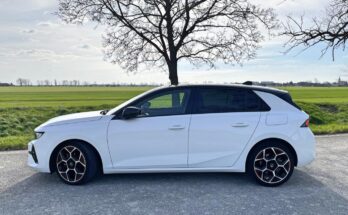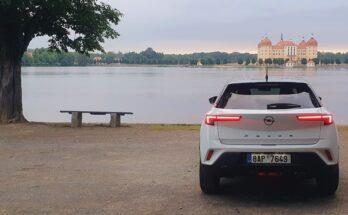Tiny inscriptions on the fifth door, a few discreet inscriptions blending with the color of the paint, no optical changes and not a hint of difference. These are also the biggest charms of two tested sibling rivals – Peugeot 3008 HYbrid4 and Opel Grandland X Hybrid4. On the one hand, they know how to drive on electricity and they are four-wheelers, but on the other hand, through it all, they can do 100 km/h in less than six seconds and have 300 horsepower. So let's take a look at the teeth of these "twins from the PSA concern"…
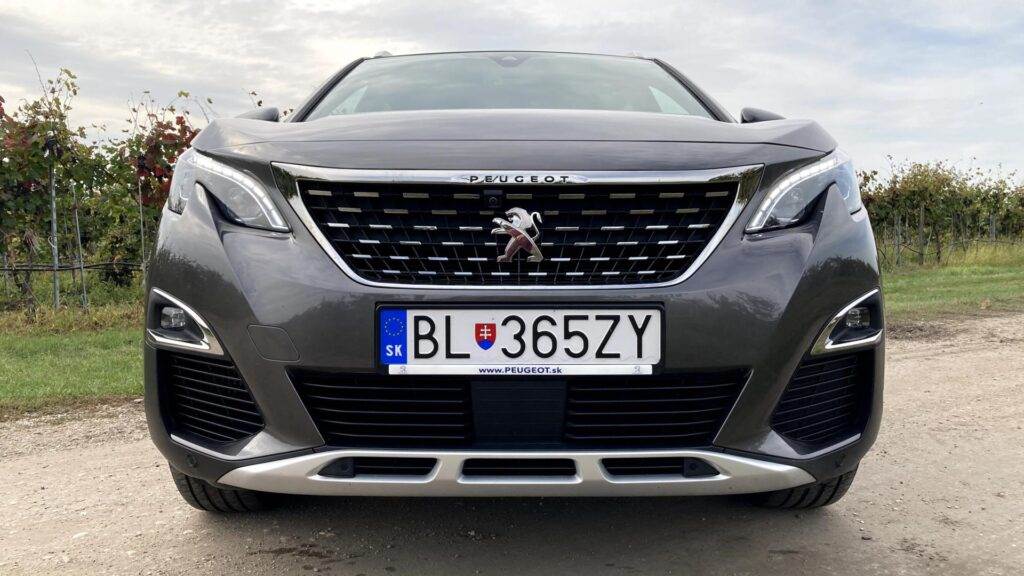
Peugeot 3008 is a car with interesting shapes. It's nice that it stands out a bit from the crowd and looks extravagant on the outside, but inside it will surprise you with its cosiness and a bit of French Sci-Fi. But the interior is not at all airy. The good news is that the trunk remained full-sized and the batteries did not detract from its 520 liter volume (only the tank is smaller, it has only 43 liters). But even so, it's a car for more or less four people. Families with older children should look around for the 5008, after all, three can't sit comfortably in the back. The 3008 knows how to pamper, and the comfort of the i-Cockpit architecture is to a large extent responsible for this. For the electrified version, there are also several novelties in the form of new alarm clock graphics, where you can choose from other modes of displaying the flow of electricity, and next to the volume control, a button has been added to display the electric drive and control the functions of the hybrid system.

Opel Grandland X is de facto the same, but with its own, German-cut conservative design, which corresponds to all current representatives of this brand. A large grille with signature wings, LED headlights with a boomerang graphic, a chubby rear with a subtle hint of a spoiler and heavy cladding all around. Plus beautiful wheel rims that fit him immensely. The same thing happens inside, where we can find other, still analog alarm clocks, otherwise a conservative driver accustomed to cars of the last decades will not be surprised by anything. Maybe only with automatic transmission selectors from the PSA concern. Otherwise, however, Grandland X is a great classic, and that can count for someone. The tested equipment has complete luxury – there is heating of the front seats, a parking camera and an assistant, and a blind spot guard on the rear-view mirrors. The only thing that freezes is that the Opel does not have such a big luggage space (by a noticeable 124 liters), precisely because of the different construction of the body and the fact that they started developing it even before PSA took over the brand. The new platform on which the Grandland X now stands did not allow such a deep installation in the case of the already designed body.
But let's leave the differences to the taste of each of us and let's analyze the hybrid drive, which is (almost) exactly the same in both cars, in more detail…

The top version in both cases bears the Hybrid4 label and has three engines. It is a plug-in hybrid, so one of the units is of course an internal combustion engine. It is a gasoline PureTech 1600 engine with a decent 147 kW (200 hp), which delivers at 6,000 rpm and produces a decent 300 Nm of torque from 3,000 rpm. This engine is seconded by two electric motors, both of which are in different parts of the vehicle. One is on the front axle, with 110 horsepower, and the other drives 112 horsepower to the rear wheels.
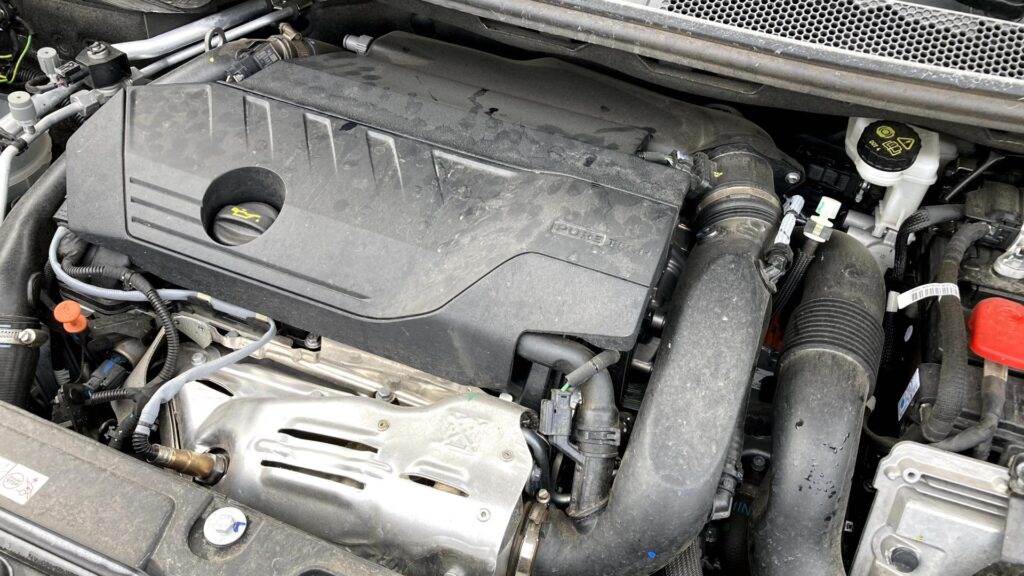
The hybrid system will develop a great 300 horsepower in combined mode (with a max. torque of up to 520 Nm), while as can be seen from the location of the electric motors, PSA has equipped its most powerful series-produced cars with four-wheel drive. You can enjoy it even in fully electric mode. Moreover, if necessary, you can drive electrically even on the highway, where the internal combustion engine takes the initiative at speeds over 135 kilometers per hour. In that case, however, you will drain the battery relatively quickly and you will only be driving with the consumption of a gasoline four-cylinder (which is still not bad at all). If you never let the battery dry out completely, you will drive for 5 to 6 liters combined. But it depends a lot on how much you charge and where you drive.
By the way, this plug-in hybrid can do a hundred in under six seconds! (in the case of Opel, it is 6.1s on paper). They are really amazingly nimble cars, even for their weight parameters – they are both almost 2 tons. The Peugeot 3008 is quite agile and surprised by its chassis. It is sportier stiffer. it has excellent traction, does not fly and does not jump on bumps. It's not that much fun to drive because of the tall body, but thanks to the low center of gravity it exceeds all expectations. Opel focused more on comfort on board and it is also significantly better insulated from the wheels.
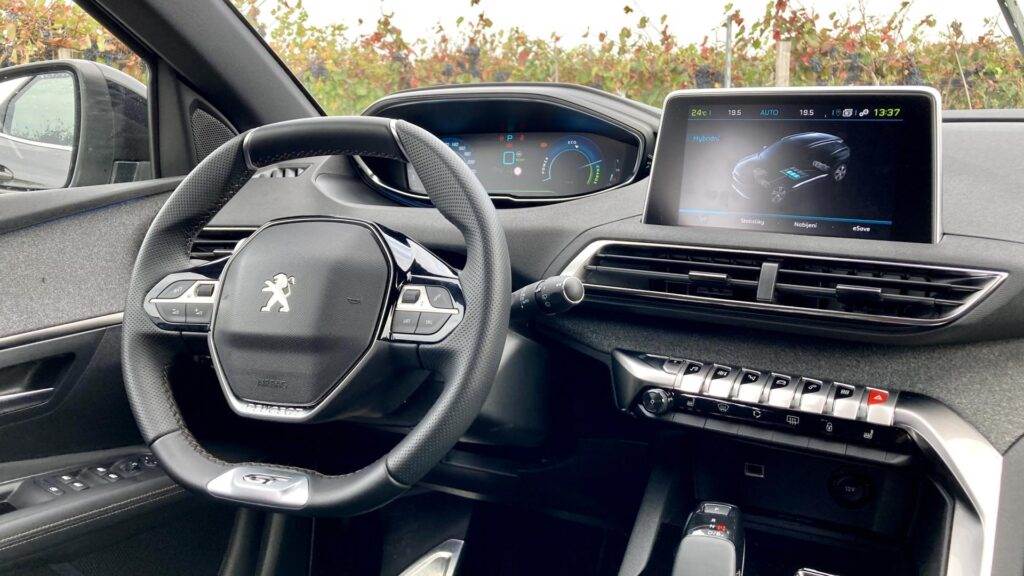
The PureTech combustion engine itself is more than well soundproofed and you practically don't know how it works. Also, the matching of both drives is smooth, and you can learn about starting the combustion engine from the infographic on the display. In the same way, the eight-speed automatic transmission shifts very smoothly and, perhaps only at a higher pace, sometimes gets confused when it does not shift exactly as the driver imagines. For higher speeds, however, there is a sport mode where the electric motors are engaged to maximize available power.
Not one of the adepts will get lost in the small terrain. You don't have to worry about a bigger hill in the case of the Peugeot 3008, because the downhill assistant will help you. Grandland X didn't get this option, not even for an extra charge. It's great that you can go electric even if you have the drive on both axles switched on. It's a bit strange that when you're crawling out of a ditch, the typical roar of an internal combustion engine is missing, but maybe this is the music of the future.
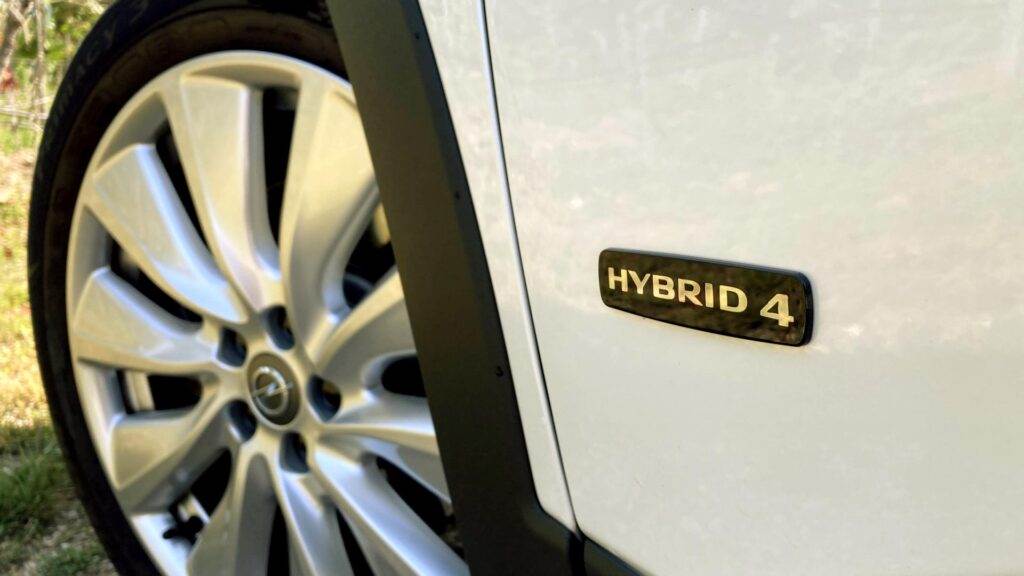
The battery in both cars has a capacity of 13.2 kWh, so you won't run out of it on the way to the neighboring town for shopping. Peugeot promises a range of between 50 and 60 kilometers and Opel even 60 to 65, but in reality you will get 40-45 around the city and if you go outside the built-up area at higher speeds, the purely electric range will go down rapidly. But even these are already pretty good numbers, and in reality the range is sufficient for normal driving to work and for a few errands in the city. You can charge the battery overnight using alternating current from a domestic 230V socket. The on-board single-phase charger will provide a power of 3.7 kW, but as usual we recommend paying extra for twice as powerful, because then you will charge the car from the wallbox in today's standard two hours. The car then automatically indicates that it is charging at a speed of about 20 kilometers per hour. Due to the limits of the charging cable (1.8 kW), it will take you more than 8 hours to fully charge it from an ordinary socket.
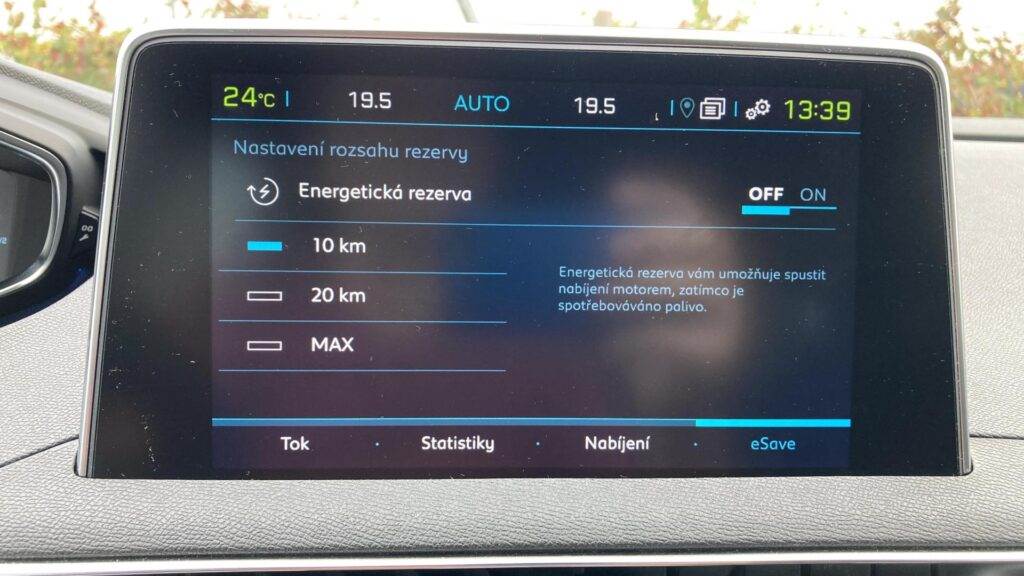
However, the battery can also be charged while driving. This can be done with the eSave function, when you tell the car that you want the battery charged for 10km, 20km or up to its maximum capacity. Then, during normal driving, the internal combustion engine goes to optimal performance and at the same time recharges the battery. You can also help him by pulling the automatic transmission lever backwards. The recuperation will go into mode B and its effect will be strengthened so that the battery is recharged faster (and that it can do it up to a maximum power of 60kW!).
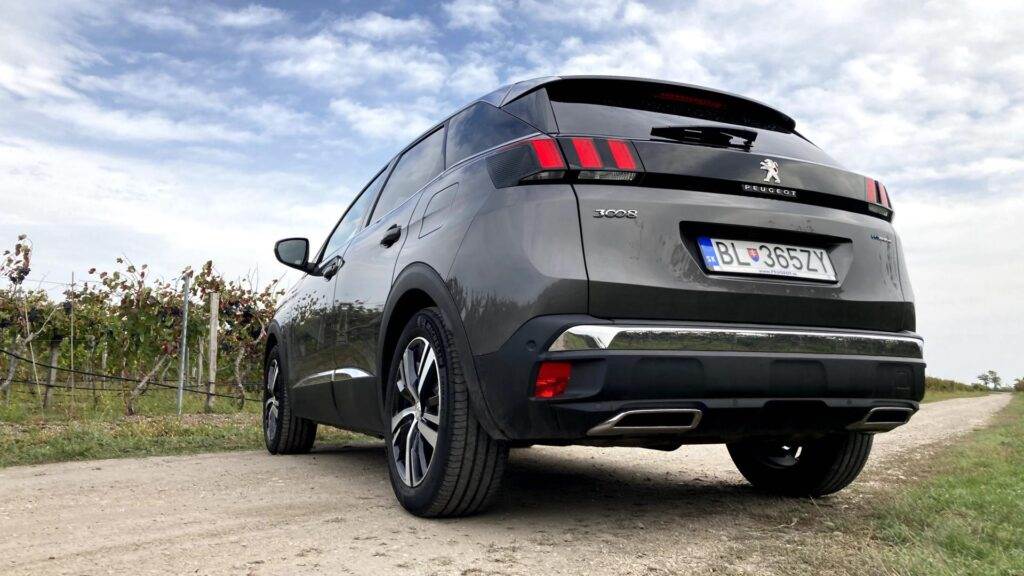
It is ideal to electronically support the braking effect of the engine on the highway and let the battery fully charge so that you can switch to electric mode in the city and enjoy a quiet and emission-free drive.
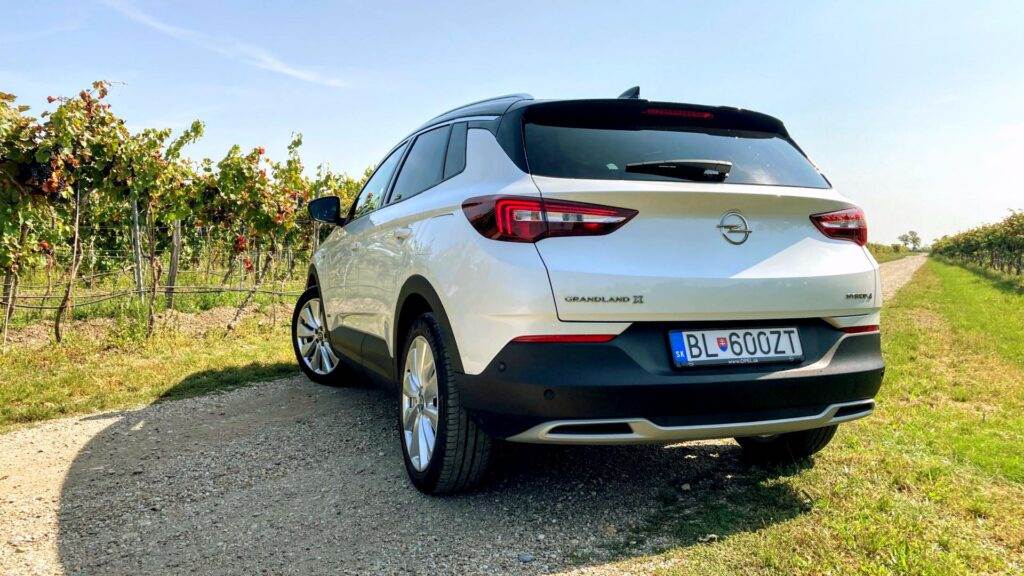
However, those who want to drive on electricity and enjoy a quiet ride have to pay a lot more. This applies to any manufacturer today. The 300-horsepower version of the Peugeot 3008 hybrid will be on sale for at least €45,690, which is quite a lot of money. And we're only talking about the GT line equipment, in the real "GT" package you'll pay €2,800 more for the car and you'll also get adaptive cruise control, a reversing camera, aluminum wheels, racks and the like. There is almost nothing missing in the top equipment that you would have to pay extra for… maybe just for a brighter paint color.
Opel has a price tag starting at €39,190 for the 300-horsepower version, and you will pay only €1,600 more for the Ultimate equipment in the promotion. However, you have to pay an additional €800 for the adaptive cruise control and also for several equipment elements that Peugeot already has in the price of the highest version. Grandland X is thus intended for a more conservative clientele, which does not tolerate numerous displays and whimsical backlights of all kinds.
Those who do not need a four-wheeler or powerful performance will like the weaker variants with 225 horses. They can be bought in poorer equipment from Opel for around €33,900 (€38,490 for Peugeot). But you will no longer enjoy the feeling that you are driving a 300-horsepower plug-in hybrid that has no neighbor in the garage, no one on the street, and maybe not even in the entire city, and that you can't leave all those "premium sedans from Germany" so far in the rearview mirror …
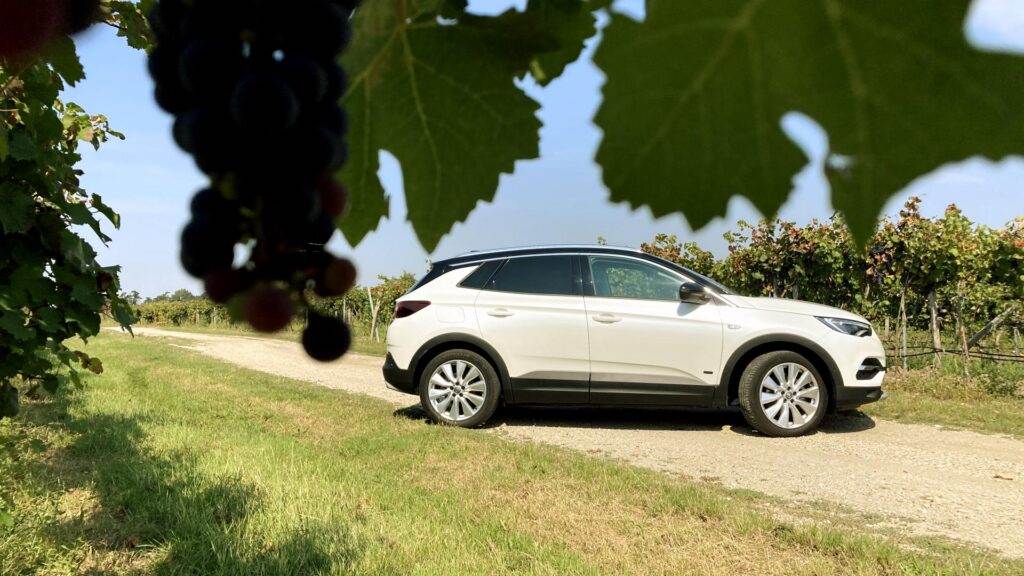
Zdroj: Autorský text
Zdroj obrázkov: Vlastné fotografie autora
You can find all photos in our large gallery:
> Peugeot 3008 Hybrid4 < and > Opel Grandland X Hybrid <
Technical specifications:
| Make and model | Peugeot 3008 HYbrid4 and [Opel Grandland X Hybrid4] |
|---|---|
| Number of cylinders/valves | 4/16 |
| Engine displacement (ccm) | 1,598 |
| Max. ed. benz. engine (kW (Ps)/rev.) Max. ed. el. of engine 1 (kW (Ps)/rev.) Max. ed. el. of engine 2 (kW (Ps)/rev.) Total max. performance of the hybrid system |
147 (200)/6000 81 (110)/2500 83 (113)/2500-4000 221 (300)/? |
| Max. torque (Nm/rev.) | 520/? |
| Gearbox | 8-speed automatic |
| 0-100 km/h (s) | 5.9 [6.1] |
| Maximum speed (km/h) | 240 / 135 elec. [235 / 135 el.] |
| Consumption per 100 km (l) | 1.3-1.4 (NEDC) |
| Consumption during the test (l/100km) | 6.4 [6.5] |
| Price of tested versions | from €39,190 [from €35,190] |
We thank the importers for the loan of the tested models
P Automobil Import s.r.o. and O Automobil Import, s.r.o. , Bratislava.



